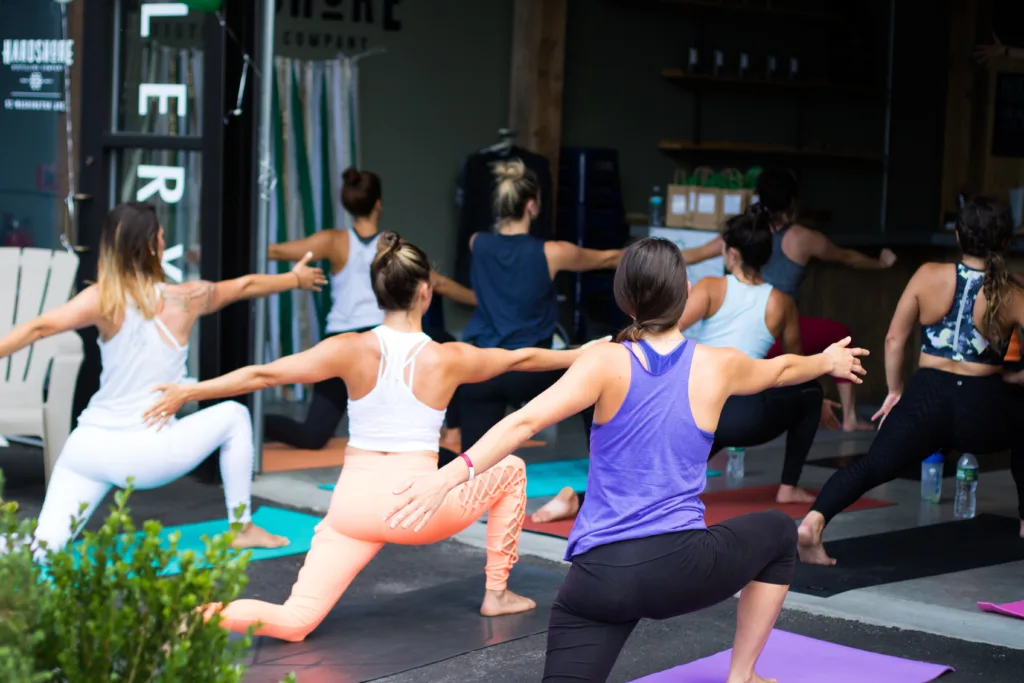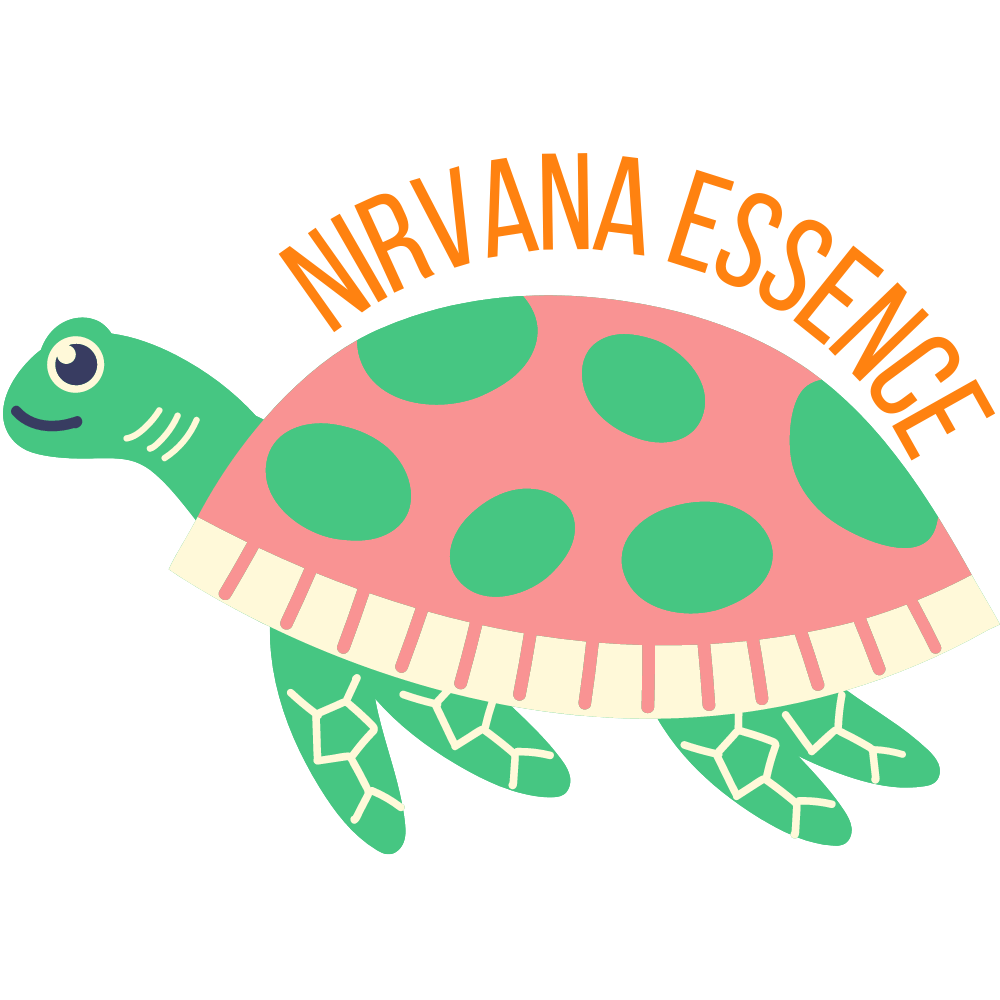Introduction to Iyengar Yoga
Iyengar Yoga, a form of Hatha Yoga, is a style of yoga that focuses on alignment, precision, and detail in the practice of asanas and pranayama. Named after its founder, B.K.S. Iyengar, this modern yoga style has gained popularity worldwide due to its comprehensive approach to physical and psychological health.
B.K.S. Iyengar was born in 1918 in the village of Bellur, India. He began practicing yoga at a young age under the guidance of his brother-in-law, Krishnamacharya, who is often referred to as the “father of modern yoga.” Iyengar’s method of yoga is based on Patanjali’s Yoga Sutras, an ancient text that outlines the eight limbs of yoga. Iyengar believed that by practicing yoga, one could find a path to spiritual enlightenment and inner peace.
The Role of Alignment in Iyengar Yoga
In Iyengar Yoga, great emphasis is placed on the correct alignment of the body in each posture. This attention to alignment not only enhances the physical benefits of each pose but also reduces the risk of injury. An Iyengar Yoga teacher undergoes rigorous training to assist students in achieving proper alignment. The use of props such as blocks, straps, blankets, and bolsters is encouraged to help students achieve the correct alignment and hold the poses for longer periods.
The Use of Props in Iyengar Yoga
The use of props is a distinctive feature of Iyengar Yoga. Props provide support, allowing beginner and advanced yogis alike to perform the asanas correctly and safely. They help in providing support and balance, allowing the body to align properly and the mind to remain focused. For instance, a bolster can be used to support the back in certain postures, while a blanket can provide cushioning or elevate the hips for seated postures.

Key Asanas in Iyengar Yoga
Iyengar Yoga, named after its founder B.K.S. Iyengar, is a form of yoga that places an emphasis on detail, precision, and alignment in the performance of yoga postures (asanas) and breath control (pranayama). The practice of yoga in the Iyengar method is characterized by great attention to detail and the use of props, making the asanas more accessible to people of varying ages, levels of health, and experience.
Asanas in Iyengar Yoga
The asanas in Iyengar Yoga are numerous and varied, each with its unique benefits. Here are a few key asanas that are commonly practiced in an Iyengar class:
- Tadasana (Mountain Pose): This is a basic standing pose that serves as the foundation for all other standing poses. It helps to improve posture, balance, and self-awareness.
- Adho Mukha Svanasana (Downward-Facing Dog): This asana stretches the entire body and strengthens the arms, shoulders, and legs. It also calms the mind and improves circulation.
- Utthita Trikonasana (Extended Triangle Pose): This pose stretches the legs, groins, and hips, opens the chest and shoulders, and helps to relieve stress.
- Sirsasana (Headstand): Known as the king of all asanas, the headstand increases blood flow to the brain, strengthens the spine and upper body, and calms the mind.
- Sarvangasana (Shoulder Stand): Often referred to as the queen of all asanas, the shoulder stand helps to improve digestion, calm the mind, and reduce fatigue and insomnia.
- Paschimottanasana (Seated Forward Bend): This pose helps to calm the mind, stretch the spine and hamstrings, and improve digestion.
- Bhujangasana (Cobra Pose): This backbend stretches the chest while strengthening the spine and shoulders. It also helps to relieve stress and fatigue.
- Savasana (Corpse Pose): This pose is usually performed at the end of a yoga practice. It relaxes the entire body and helps to relieve stress.
Asanas for Flexibility
Some of the key asanas that improve flexibility include the standing postures like Utthita Trikonasana (Extended Triangle Pose) and Utthita Parsvakonasana (Extended Side Angle Pose). These poses stretch and strengthen the legs, hips, and spine, promoting overall flexibility.
Asanas for Strength
Asanas like Adho Mukha Svanasana (Downward-Facing Dog) and Chaturanga Dandasana (Four-Limbed Staff Pose) are excellent for building strength. These poses engage multiple muscle groups at once, providing a comprehensive strength-training workout.
Benefits of Iyengar Yoga
Iyengar Yoga offers a multitude of benefits for both the body and mind. Here are some of the key benefits:
- Improved Flexibility: The asanas in Iyengar Yoga stretch various parts of the body, thereby improving overall flexibility.
- Enhanced Strength: Many of the poses require you to hold your own body weight, which can help to build strength over time.
- Better Posture: The emphasis on alignment in Iyengar Yoga can lead to improved posture over time.
- Stress Relief: The practice of yoga within the Iyengar method, with its focus on precision and alignment, can be a powerful tool for stress relief.
- Improved Breathing: The breathing techniques (pranayama) practiced in Iyengar Yoga can help to improve lung capacity and overall respiratory health.
- Increased Body Awareness: The detailed and mindful nature of Iyengar Yoga helps to increase awareness of one’s own body, which can lead to improved movement and posture in everyday life.
Pranayama in Iyengar Yoga
Pranayama, or breathwork, is an integral part of Iyengar Yoga. It involves controlling and regulating the breath, which helps to calm the mind and prepare it for meditation. Pranayama techniques are usually practiced after the asanas, once the body is warmed up and more flexible.
The Iyengar Yoga Institute and Its Role in Promoting Iyengar Yoga
The Ramamani Iyengar Memorial Yoga Institute in Pune, India, is the heart of the Iyengar Yoga community. Named after B.K.S. Iyengar’s wife, Ramamani Iyengar, the institute offers intensive training programs for aspiring Iyengar Yoga teachers. The institute also conducts research and offers advanced studies in yoga.
The Iyengar Yoga Institute plays a crucial role in maintaining the authenticity and high standards of Iyengar Yoga. Certified Iyengar Yoga teachers (CIYTs) undergo rigorous training and assessment before they are allowed to teach, ensuring that students receive high-quality instruction.
Joining an Iyengar Yoga Class: What to Expect
When you attend your first Iyengar Yoga class, you’ll notice a strong emphasis on proper alignment and the use of props. The class typically begins with a warm-up, followed by standing postures, and then progresses to more complex poses. The sequencing refers to the order in which the asanas are performed, and in Iyengar Yoga, this sequencing is thoughtfully planned to maximize the benefits and minimize the risk of injury.
An Iyengar Yoga class is a cardiovascular experience that engages both the body and mind. The poses are held for longer periods, allowing you to focus on your breath and mindfulness. Whether you’re a beginner or an advanced yogi, you’ll find that Iyengar Yoga offers a unique approach to practicing yoga that can be adapted to your individual needs.
Conclusion: Embracing the Iyengar Tradition for Wellness
Iyengar Yoga is more than just a form of physical activity; it’s a holistic approach to wellness that integrates the body, mind, and spirit. By focusing on correct alignment and mindful practice, Iyengar Yoga can help reduce chronic pain, improve flexibility and strength, and enhance psychological health.
Whether you’re a beginner looking to start your yoga journey or an advanced student seeking to deepen your practice, Iyengar Yoga offers a comprehensive and accessible approach. With its emphasis on precision and alignment, this style of yoga ensures that each posture is performed correctly, reducing the risk of injury and maximizing the benefits.
By practicing Iyengar Yoga, you’re not only joining a yoga class; you’re becoming part of a tradition that has been passed down through generations. You’re learning from teachers who have undergone rigorous training and are deeply committed to their students’ wellbeing. And most importantly, you’re embarking on a journey towards better health and inner peace.
So, why not give Iyengar Yoga a try? Find an Iyengar Yoga Institute near you, attend classes, and experience the benefits firsthand. As B.K.S. Iyengar himself once said, “Yoga is a light, which once lit, will never dim. The better your practice, the brighter the flame.”

FAQs
Q1: What is so special about Iyengar yoga?
A1: Iyengar Yoga is named after its founder B.K.S. Iyengar and is known for its focus on precision, alignment, and sequencing. It’s special because it emphasizes the use of props to help practitioners achieve correct alignment and hold poses for longer periods. This allows for a deeper understanding and experience of each pose. Iyengar Yoga is also unique in its rigorous teacher training program, ensuring high-quality instruction from certified Iyengar teachers.
Q2: Is Iyengar yoga suitable for beginners?
A2: Yes, Iyengar Yoga is suitable for beginners. The use of props and the emphasis on correct alignment make it accessible to people of all ages and levels of fitness. Beginners can start with basic poses and gradually move on to more complex ones under the guidance of a certified Iyengar Yoga instructor.
Q3: What is the difference between Iyengar yoga and normal yoga?
A3: The main difference between Iyengar Yoga and other forms of yoga lies in the attention to detail and the use of props. While many forms of yoga, such as Vinyasa or Ashtanga, focus on the flow between poses, Iyengar Yoga emphasizes precision and alignment in each pose. The use of props in Iyengar Yoga also allows for modifications that can make the poses more accessible to beginners or those with physical limitations.
Q4: What is the philosophy of Iyengar Yoga?
A4: Iyengar Yoga is based on the Yoga Sutras of Patanjali, an ancient text that outlines the eight limbs of yoga. B.K.S. Iyengar believed that through the practice of yoga, one could find a path to spiritual enlightenment and inner peace. The philosophy of Iyengar Yoga is deeply rooted in this tradition, with a focus on integrating the body, mind, and spirit.
Q5: What is Iyengar yoga similar to?
A5: Iyengar Yoga is a form of Hatha Yoga, so it shares similarities with other styles of Hatha Yoga like Ashtanga and Vinyasa. However, its emphasis on alignment, sequencing, and the use of props sets it apart. It’s also similar to Viniyoga and Anusara yoga in its attention to individual needs and abilities.





















